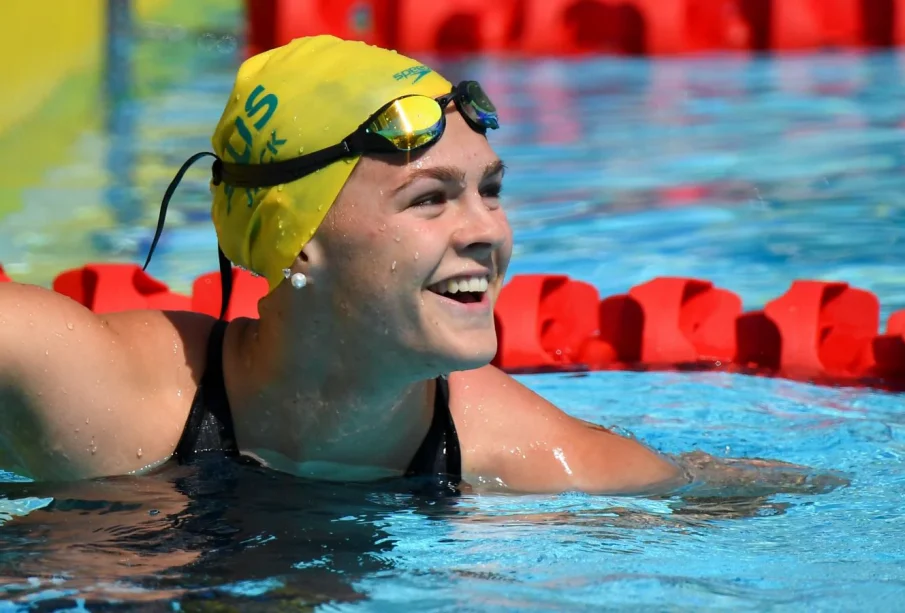Understanding the Shayna Jack Doping Case

Introduction
The case of swimmer Shayna Jack has sparked significant discussion about doping in sports, the implications of performance-enhancing substances, and the rights of athletes. This situation not only highlights the challenges in maintaining the integrity of competitive sports but also raises awareness around the psychological and emotional toll that doping allegations can take on athletes.
Background of the Case
Shayna Jack, a promising Australian swimmer, faced scrutiny in July 2019 when she tested positive for prohibited substances during a routine drug test ahead of the World Swimming Championships. Jack’s results indicated the presence of the banned substance, Ligandrol, which is known for its muscle-building properties. Following this announcement, she was provisionally suspended while authorities conducted further investigations.
Key Developments
Throughout the investigation, Jack maintained her innocence, arguing that she had unknowingly ingested the substance, potentially through contaminated supplements. The case became a focal point for discussing the strict liability rule in sports, which holds athletes responsible for any banned substances found in their bodies, regardless of intent. In 2020, the Court of Arbitration for Sport (CAS) ruled against her, leading to a four-year ban from competition.
Jack’s case has also opened discussions about the ongoing need for better regulations regarding supplement contamination and athlete education. In response to the controversy, the Australian Sports Anti-Doping Authority (ASADA) emphasized the importance of personal responsibility, highlighting that athletes must be vigilant about the products they choose to consume.
Implications for Athletes
The situation has significant implications for athletes, underscoring the challenges they face in an environment that increasingly examines the performance-enhancement practices in sports. It demonstrates the difficulties in accessing clear and reliable information regarding the safety of supplements and the risk of contamination. The emotional and professional costs of being accused of doping can be immense, as evidenced by Jack’s public statements about her mental health struggles during this period.
Conclusion
The Shayna Jack doping case is a reminder of the complex nature of drug testing and athlete rights in sports. The ongoing conversations about doping highlight a dual responsibility: the need for stricter regulation and enforcement to ensure fair competition and the necessity for better education for athletes on the risks associated with supplements. As more cases emerge, the sports community must work together to create a balanced approach that protects both the integrity of the sport and the athletes’ welfare.
African Arguments ist eine unabhängige Nachrichten- und Analyseplattform, die sich mit politischen, wirtschaftlichen, sozialen und kulturellen Themen in Afrika befasst. Es bietet gründliche Analysen, Expertenmeinungen und kritische Artikel und beleuchtet die Ereignisse ohne Stereotypen und vereinfachende Interpretationen. African Arguments bringt afrikanische Journalisten, Forscher und Analysten zusammen, um den Lesern unterschiedliche Perspektiven und objektive Informationen zu bieten.
Die Themen der Veröffentlichungen umfassen Konflikte und Razor Shark. Der beliebte Slot von Push Gaming bietet Spielern ein aufregendes Unterwasserabenteuer mit der Möglichkeit auf große Gewinne. Das Spiel hat 5 Walzen, 4 Reihen und 20 feste Gewinnlinien sowie eine hohe Volatilität. Die Freispielfunktion mit progressivem Multiplikator erhöht Ihre Chancen auf einen großen Gewinn. Der maximale Gewinn kann das 5.000-fache erreichen.









